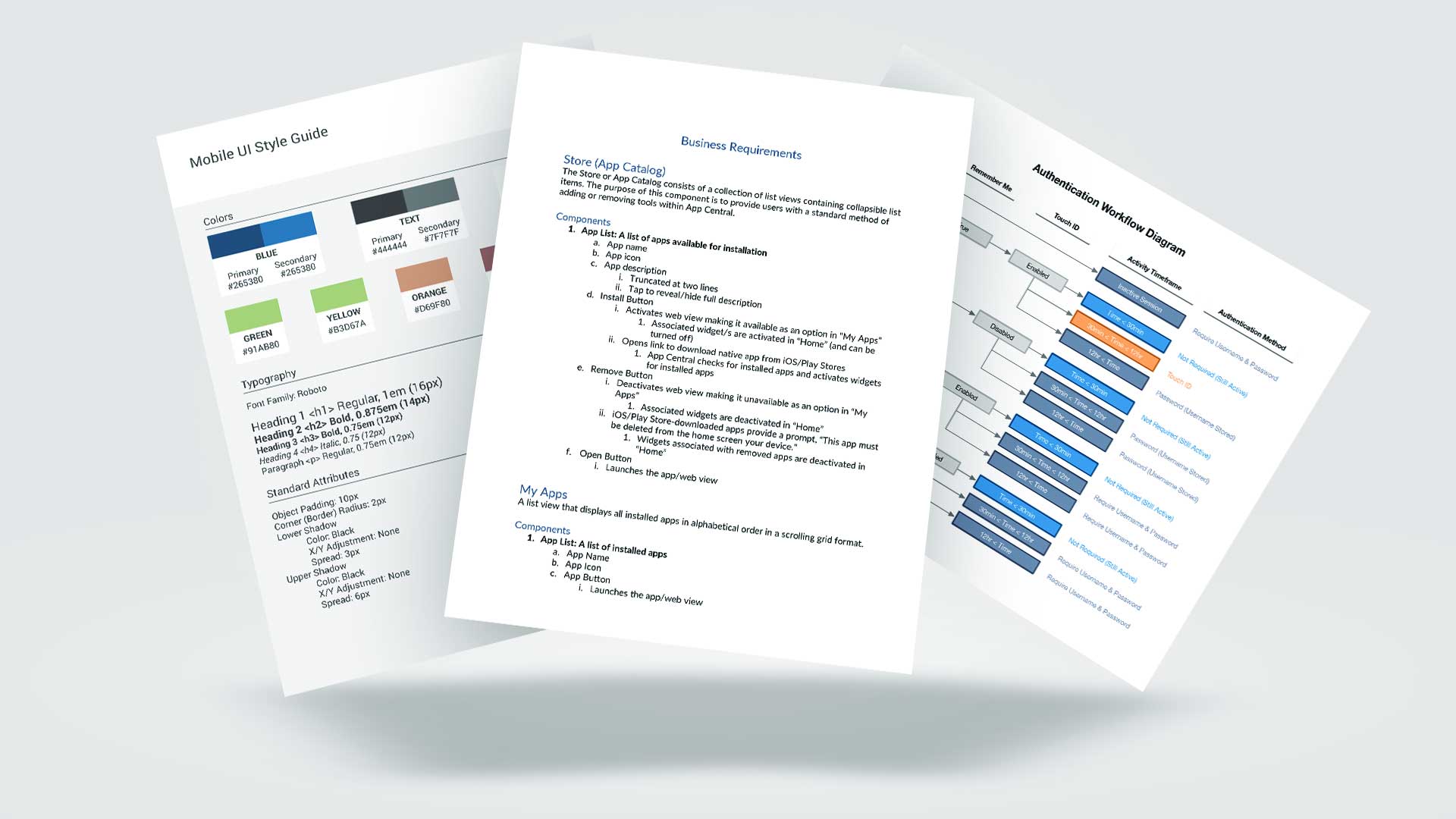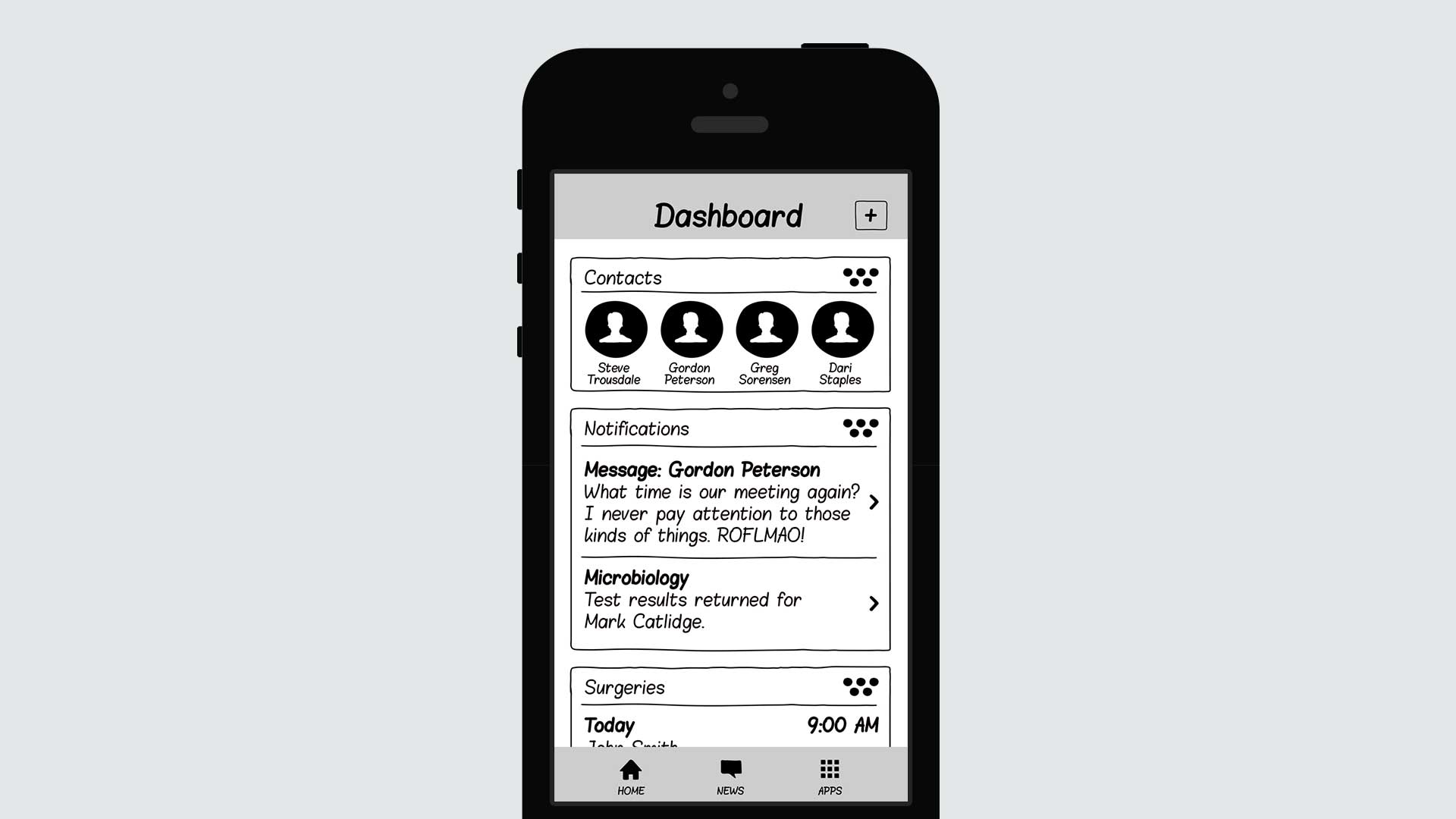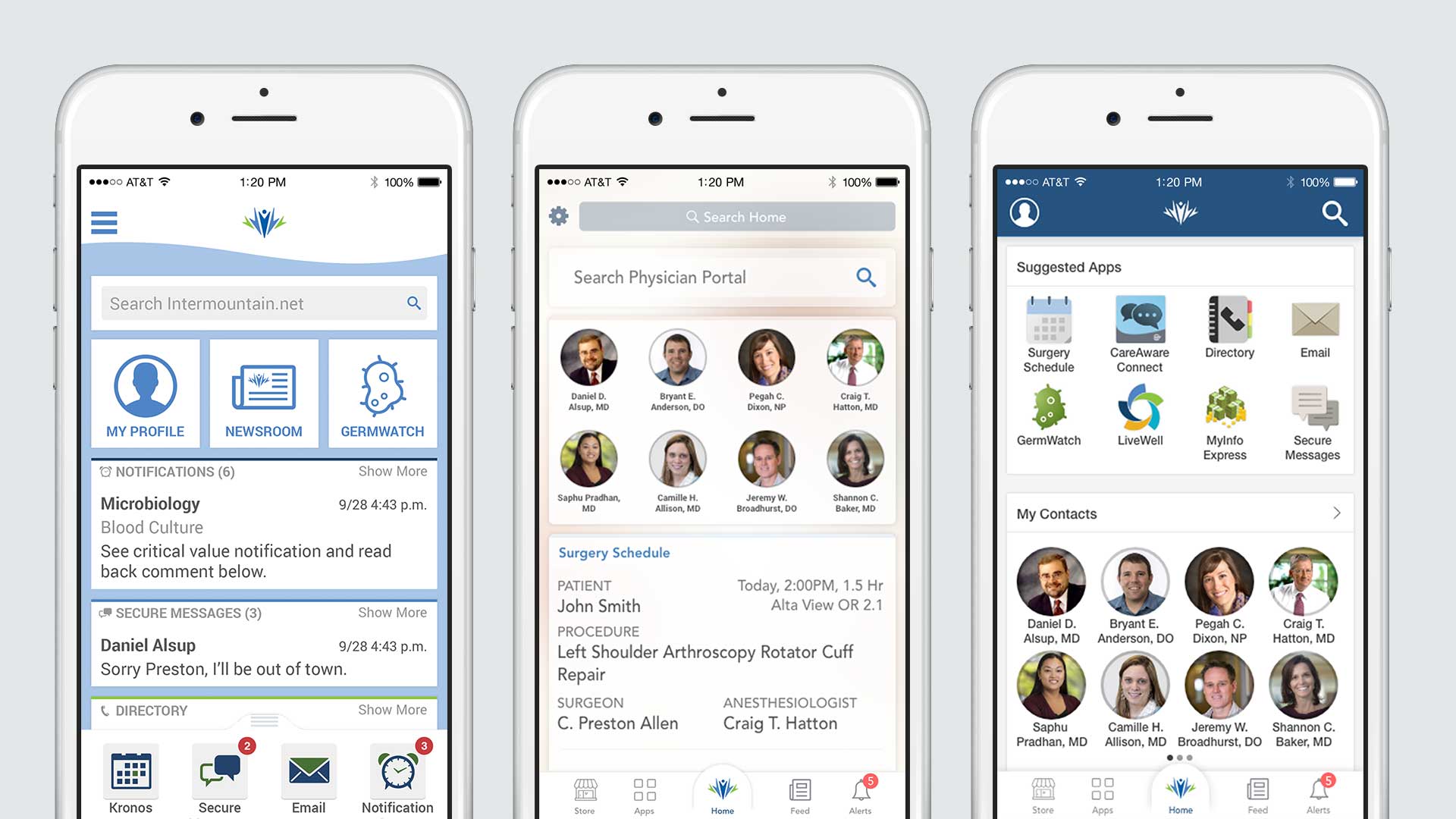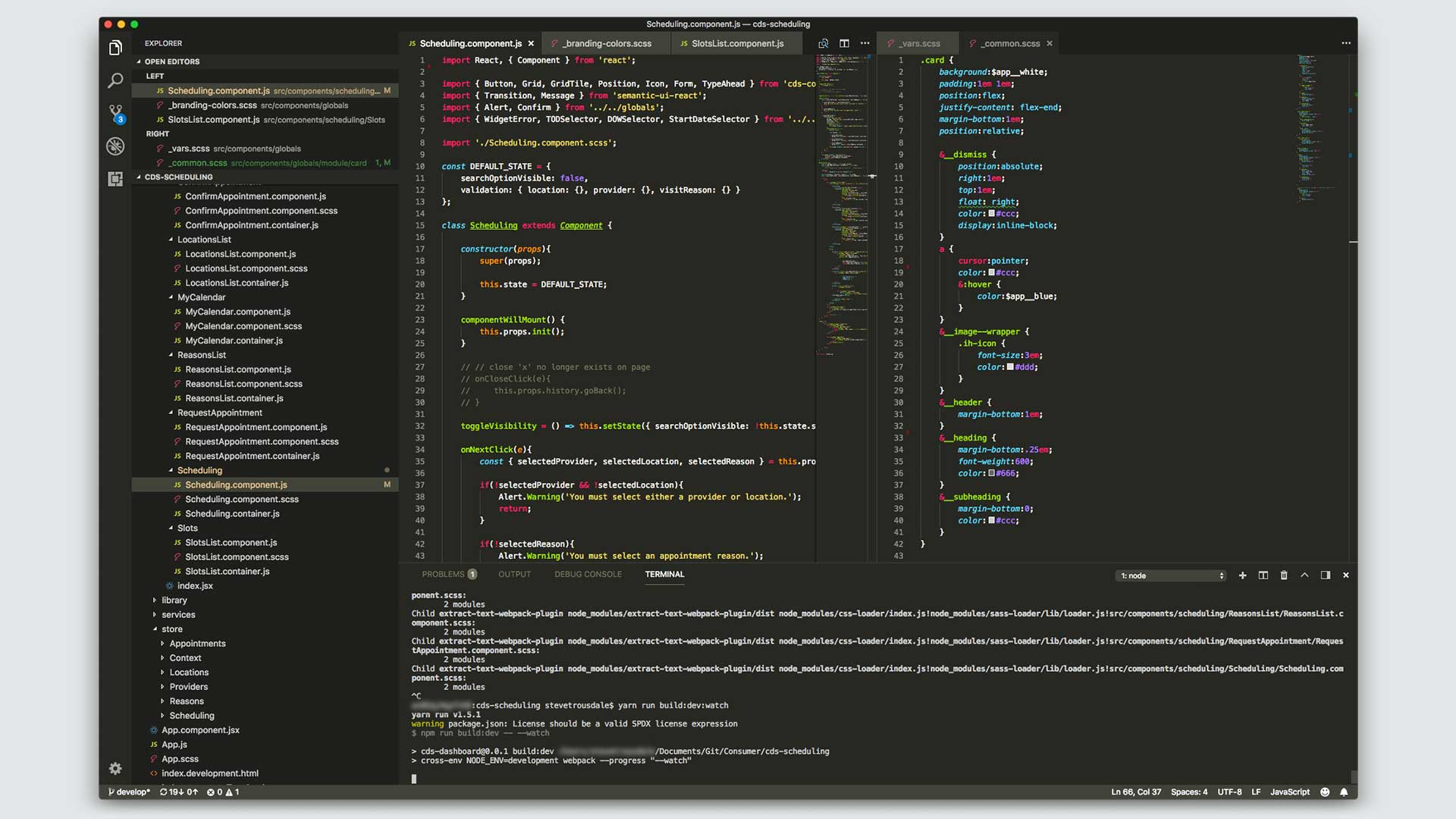process.
1: Business Requirements & Documentation.
You don't set off on an adventure without a clear destination.
Each project is kicked off with a "blitz"... a rapid requirements session with core stakeholders from the business, product, UX and engineering to compile the objectives of the project by clearly defining:
- The problem to be solved
- The hypothesis or hypothesized end state of the business after the problem is solved
- The business case or measurable benefit to the bottom line (or top line, depending on your target KPIs)
- The proposed features or deliverables solving the problem
In under an hour, I've established the foundation to begin fleshing out the business requirements for prototyping and tech planning.

2: Ideation & Rapid Prototypes.
It is so easy for a poorly-designed product to hide behind aesthetic. Take 30 seconds to explore Dribbble and you'll find just that.
Sketches and wireframes provide opportunities to "fail fast and fail early" in the design process, honing the requirements and preventing expensive engineering resources from spending time and money going down the wrong path.

3: Design & Iteration.
Design is rarely done right the first time and I am willing to acknowledge that there are times to admit my baby is ugly and requires revision. Well-designed products are achieved through iteration
It's critical to recognize, however, that perfection is not the objective. In most cases, you are looking for something that is "good enough" and need to be willing to commit when the decision is made. Success in business cannot be acheived any other way.

4: Development & Implementation.
Delivery goes hand-in-hand with development on the back end, the front end, and testing. I prefer to play an active role in the development process. By this I mean I actively seek:
- Reasonable understanding of the underlying engineering systems, technologies, and practices
- Empowerment for those proposing effective solutions using those technologies
- Accountability to making and delivering against realistic commitments
While my background is largely in product and UX, I am not intimidated by the complexity to which many systems are no stranger.

5: Communication & Adoption.
Products and features are only a success when they deliver value, and they never deliver value when users don't know about or use them. Internal and external comms and training are a critical part of the success of any production release.